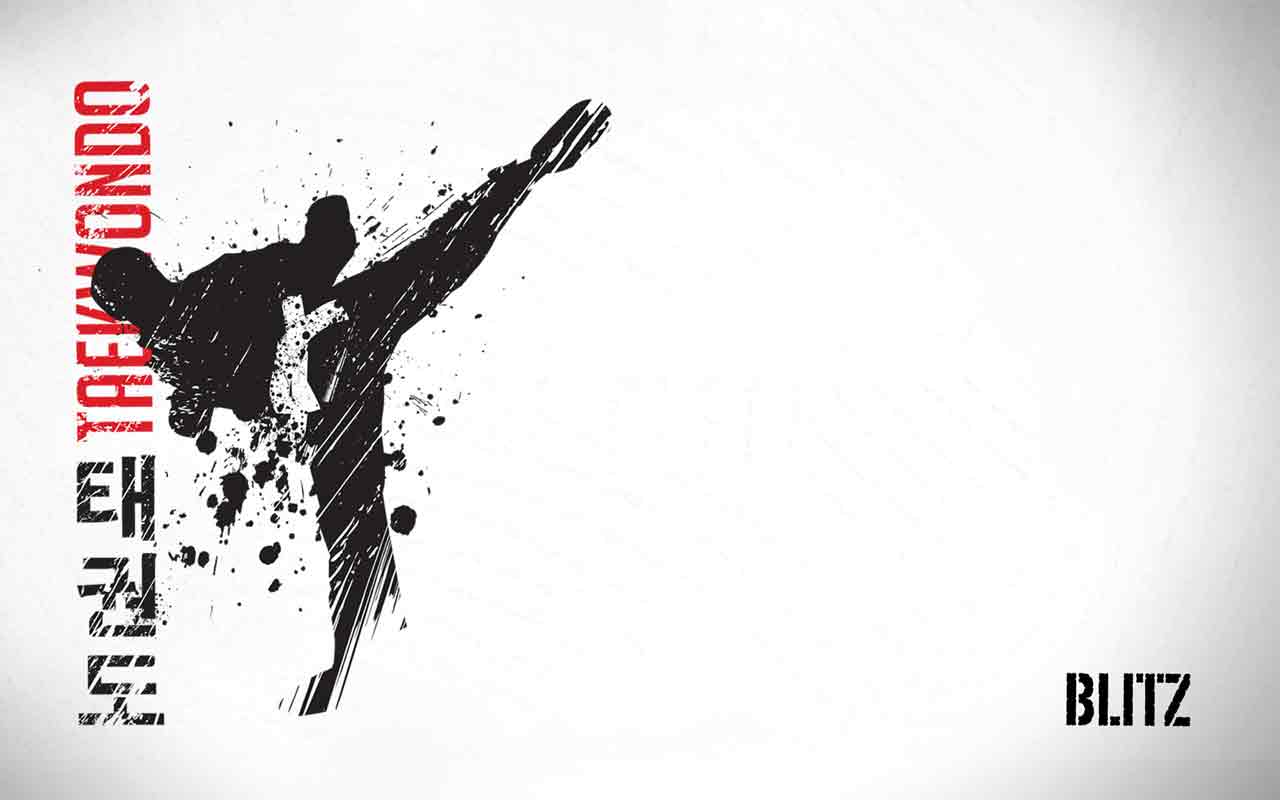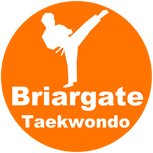
You’ll find the roots of Korean martial arts deeply embedded in the nation’s storied past, drawing from ancient texts like Samguk Sagi and Samguk Yusa. These historical chronicles uncover origins in the Three Kingdoms period, highlighting the Hwarang warriors‘ martial and ethical training. Under the Koryo Dynasty, martial arts evolved with sophisticated methods, and new weapons were introduced, as documented in the Muyejebo. The Japanese occupation and the post-war era saw a resurgence, leading to the unification of Taekwondo and its Olympic ascent. This evolution underlines the adaptability and resilience of Korean martial arts. Uncover further, and you’ll grasp how history propelled these arts onto the global stage.
Table of contents
- Key Takeaways
- Antiquity in Korea
- Emergence of Hwarang
- Koryo Dynasty and Martial Arts
- HOW ABOUT 4 WEEKS FOR $49?
- Influence of Japanese Occupation
- Post-War Era and Taekwondo Unification
- Global Expansion
- HOW ABOUT 4 WEEKS FOR $49?
- Olympic Ascent
- Kwon Bop to Taekwondo
- Shotokan Karate Impact
- Korean War and Martial Arts
- Conclusion
- Learn More
- HOW ABOUT 4 WEEKS FOR $49?
Key Takeaways
- Korean martial arts trace their origins to the Three Kingdoms period, as chronicled in historical texts like Samguk Sagi and Samguk Yusa.
- The Hwarang warriors of the Silla Kingdom played a crucial role in shaping traditional Korean martial arts, emphasizing ethics and loyalty.
- During the Koryo Dynasty, martial arts evolved with refined training methods and the introduction of new weapons, documented in Muyejebo.
- The Japanese Occupation saw a surge in activities like Taekwondo and Hapkido, as practitioners aimed to safeguard traditional martial arts.
- Taekwondo’s evolution from Kwon Bop, focusing on dynamic kicking techniques, showcases the adaptability of Korean martial arts.
Antiquity in Korea
Tracing back to the pages of historical texts such as Samguk Sagi and Samguk Yusa, Korean martial arts reveal their ancient roots, deeply embedded in the martial culture of the Three Kingdoms period. These documents chronicle the martial exploits and the indigenous martial arts that flourished among the kingdoms, offering a glimpse into the foundational practices that shaped traditional Korean martial arts.
The documented battles and competitions highlight a martial ethos that was integral to Korean culture, emphasizing skills and techniques unique to the region. This period laid the groundwork for the evolution of ancient Korean martial arts, reflecting a rich history of martial practices that were honed and refined through centuries of cultural exchanges and dynastic influences.
As you explore further into this study, it’s important to acknowledge the intricate web of historical, cultural, and technical factors that have sculpted Korean martial arts into what they’re today.
Emergence of Hwarang
Building upon the martial traditions established during the Three Kingdoms period, the Silla Kingdom nurtured a unique group of elite young warriors known as the Hwarang. These elite warriors underwent rigorous martial arts training, but their education extended far beyond physical prowess.
The Hwarang were immersed in ethics, literature, and music, forming a holistic approach to their development as leaders and protectors of the Silla Kingdom. Their thorough codes of conduct and unwavering loyalty to their kingdom set them apart, embodying virtues such as loyalty, filial piety, and righteousness.
This extensive training regimen not only prepared them for battle but also for leadership roles within their society. The Hwarang’s significant influence on the development of Korean martial arts and culture is undeniable, marking them as a foundational element in the history of Korea’s martial traditions.
Koryo Dynasty and Martial Arts
Following the Hwarang’s foundational contributions, the Koryo Dynasty further refined Korean martial arts, introducing significant advancements in techniques and weaponry documented in the illustrated manual Muyejebo. This period was pivotal in the evolution of Korean martial arts, marked by:
- The development of diverse and sophisticated martial arts training methods.
- The refinement and introduction of new weapons, enhancing the martial arts arsenal.
- The compilation of these advancements in the Muyejebo, serving as a detailed guide.
- The role of the Koryo Dynasty in establishing a structured framework for martial arts training.
The Koryo Dynasty’s contributions weren’t merely about preserving traditions but innovatively expanding the scope and depth of Korean martial arts. This era’s strategic approach to martial arts training and its documentation in Muyejebo underscore the dynasty’s lasting impact on martial arts’ evolution.

HOW ABOUT 4 WEEKS FOR $49?
Take advantage of this amazing special, before it’s too late!
Influence of Japanese Occupation
During the Japanese occupation, Korean martial arts, especially Taekwondo and Hapkido, experienced a significant surge in activity despite facing numerous challenges and restrictions imposed by the colonial rulers. This period was vital for the development and preservation of these arts, as martial arts practitioners navigated the complex landscape of cultural suppression.
Korean martial arts masters were pivotal in safeguarding and promoting traditional martial arts, ingeniously incorporating and adapting techniques to secure their survival. The occupation undeniably influenced the evolution and identity of Korean martial arts, embedding a resilience and adaptability that would shape their future trajectory.
The heritage of this era is a proof to the indomitable spirit of Korean martial arts masters, who played a critical role in the development of Taekwondo and Hapkido under adverse conditions.
Post-War Era and Taekwondo Unification
In the aftermath of war, Taekwondo’s emergence as a unified martial art symbolized Korea’s determination to forge a cohesive national identity through the amalgamation of its martial traditions. The unification of Taekwondo in the post-war era involved a meticulous process, steered by Korean martial art masters, to create a discipline that would resonate with the spirit of the nation.
This process involved:
- Merging various regional martial arts styles.
- Integrating techniques to develop a distinctive Korean martial art.
- Crafting a unified philosophy that highlights Korea’s cultural heritage.
- Establishing Taekwondo as Korea’s national martial art identity.
These efforts culminated in the consolidation of Taekwondo, marking a pivotal moment in Korea’s martial arts history. This unification not only preserved traditional martial arts but also propelled Taekwondo onto a global stage, albeit without delving into its international expansion yet.
Global Expansion
As you investigate the global expansion of Korean martial arts, you’ll discover that Taekwondo’s surge in worldwide popularity isn’t simply a phenomenon of sport but a dynamic medium of cultural exchange.
The critical roles of the World Taekwondo Federation and International Taekwon-Do Federation have been pivotal in fostering the sport’s international growth, highlighting the significance of organizational support in globalizing martial arts.
Additionally, the proliferation of international competitions hasn’t only raised Taekwondo’s status on the world stage but has also facilitated a deeper intercultural dialogue through athletic prowess.
Worldwide Popularity Surge
Taekwondo’s ascent to global importance, marked by its inclusion in the Olympic Games in 2000, epitomizes the martial art’s extraordinary journey from a Korean heritage to a worldwide phenomenon. This global expansion can be analyzed through several pivotal developments:
- The establishment of the World Taekwondo Federation (WTF) in 1973, which played a vital role in promoting Taekwondo as a sophisticated martial art system internationally.
- Taekwondo’s Olympic sport status further propelled its global recognition and appeal.
- The International Taekwon-Do Federation (ITF) has been instrumental in spreading Taekwondo across continents, enhancing its global footprint.
- The proliferation of Taekwondo schools worldwide reflects the martial art’s adaptability and resonance with diverse cultures, underscoring its status as a cornerstone of Korean martial arts.
Cultural Exchange Impact
Building on the global prominence of Taekwondo and Hapkido, the cultural exchange impact marks a significant phase in the expansion of Korean martial arts on the international stage. Through international collaborations and global tournaments, you’ve witnessed an unprecedented integration of traditional Korean combat techniques into the global martial arts community.
These efforts, often spearheaded by cultural exchange programs, have facilitated the dissemination of a rich martial heritage that traces back to the Buddhist monks and the Royal Court. Such exchanges haven’t only showcased the depth and versatility of Korean martial arts but have also fostered a mutual respect among practitioners worldwide.
This synergy has amplified the global footprint of Korean martial arts, underscoring the profound influence of cultural exchange in promoting and preserving these ancient practices on an international scale.
International Competitions Growth
The expansion of international competitions, such as the Olympic Games, has greatly contributed to the global growth of Taekwondo, elevating it from a national martial art to a worldwide sport phenomenon. This global expansion is underscored by several key developments:
- Olympic Inclusion: Taekwondo’s presence in the Olympic Games has heightened its international profile.
- World Taekwondo Championships: These championships draw participants from over 180 countries, demonstrating the sport’s widespread appeal.
- ITF Tournaments: Offering various skill levels, ITF tournaments facilitate global participation.
- Multi-Sport Events: Taekwondo’s inclusion in the Asian Games and Pan American Games furthers its international presence.
Analyzing these elements reveals how international competitions have been instrumental in Taekwondo’s journey from a Korean martial art to a globally recognized sport.

HOW ABOUT 4 WEEKS FOR $49?
Take advantage of this amazing special, before it’s too late!
Olympic Ascent
In elevating taekwondo to an official Olympic sport in 2000, the Sydney Games catalyzed its burgeoning global recognition and appeal. This pivotal moment in the history of Korean martial arts marked a significant milestone, not just for taekwondo but for the global appreciation of Asian combat practices.
Governed by the World Taekwondo Federation, Olympic taekwondo competitions are meticulously structured to showcase the art’s dynamic range, incorporating both sparring and poomsae. Sparring tests the practitioners’ combat skills in real-time encounters, while poomsae evaluates their ability to perform intricate patterns with precision and grace.
The Olympic inclusion hasn’t only amplified taekwondo’s prestige but has also invigorated its practice worldwide, encouraging a deeper exploration of its techniques and philosophies.
Kwon Bop to Taekwondo
Reflecting on the Olympic ascent of taekwondo reveals its historical roots in Kwon Bop, a martial art that has greatly influenced its development. The journey from Kwon Bop to Taekwondo is a proof of the enduring legacy and continuous evolution of Korean martial arts. Here’s how:
- Kwon Bop emphasized striking techniques, laying the foundational principles upon which taekwondo would build.
- Evolution into Taekwondo saw the refinement and expansion of these techniques, with a pronounced emphasis on dynamic kicking techniques.
- Kicking Techniques became taekwondo’s hallmark, directly influenced by the martial strategies of Kwon Bop.
- Historical Roots of taekwondo in Kwon Bop underscore the rich heritage and adaptability of Korean martial arts, showcasing a lineage of combat knowledge and practice.
This change reflects the broader narrative of adaptation and growth within the sphere of martial arts.
Shotokan Karate Impact
Gichin Funakoshi’s development of Shotokan Karate in the early 20th century profoundly influenced the evolution of Korean martial arts, marking a pivotal era of cross-cultural martial arts exchange and adaptation.
| Shotokan Karate Influence | Impact on Korean Martial Arts |
|---|---|
| Strong stances and powerful strikes | Improved technical precision in Taekwondo |
| Disciplined training methods | Embraced rigorous training regimens |
| Emphasis on kata, kumite, and kihon | Integrated into Korean martial arts forms |
| Introduced during Japanese occupation | Facilitated cross-cultural martial arts synthesis |
| Studied by Korean martial artists | Enriched Korean martial arts with diverse techniques |
This cross-pollination enriched Korean martial arts, particularly Taekwondo, embedding Shotokan’s principles of strength, discipline, and technical mastery into its core.
Korean War and Martial Arts
The Korean War catalyzed meaningful advancements in Korean martial arts, emphasizing the development of self-defense techniques and structured combat training. This period marked a pivotal transformation in martial arts training, driven by the imperative of national defense and the challenges of modern warfare. Through this crucible of conflict, martial arts evolved to meet the exigencies of the time.
Consider the following key developments:
- Renewed focus on self-defense techniques to counteract the unpredictability of enemy engagements.
- Structured combat training programs were instituted to prepare civilians and soldiers alike.
- Insights gained from combat experience directly informed the adaptation and refinement of martial arts techniques.
- Martial arts training became a national priority, reflecting its importance in safeguarding against potential threats.
This era of innovation significantly shaped the trajectory of Korean martial arts, aligning it with contemporary needs and challenges.
Conclusion
To sum up, like the resilient pine trees of Korea’s rugged mountains, Taekwondo has withstood the tests of time and conflict, evolving from ancient Kwon Bop techniques to an Olympic sport. Its journey mirrors the Korean spirit—a blend of strength, adaptability, and unity.
Amidst the turmoil of the Korean War and foreign influences, Taekwondo emerged as a unifying force, symbolizing Korea’s indomitable will. This martial art, deeply rooted in Korea’s history, now stands tall on the global stage, a proof of its enduring legacy.
Learn More

HOW ABOUT 4 WEEKS FOR $49?
Take advantage of this amazing special, before it’s too late!
